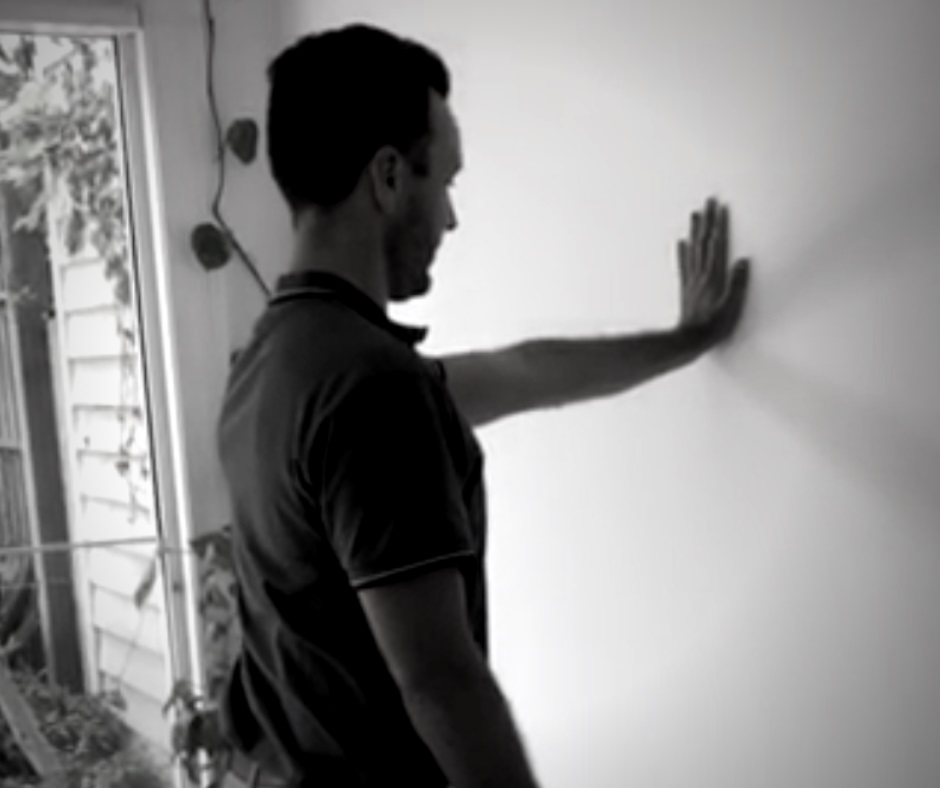Neck and Shoulder Pain share a Reciprocal Relationship
Neck and shoulder pain share a reciprocal relationship, where dysfunction in one area can lead to alterations in the other. This is also something that we often see during the colder months.
Pain in the shoulder and cervical spine (neck) at this time may possibly be due to an increase in sedentary activities indoors and conversely a decrease in physical activity in general. This neglect of movement can lead to decreased tissue capacity or strength in the regions, ultimately resulting in injury.
The reciprocal relationship between the neck and shoulder is due to the regions being intricately linked creating a web of potential pain triggers. While injury to one may originally seem localized, it can itself have a cascading effect, and result in pain either further up the anatomical chain or further down.
Shoulder pain may arise from direct shoulder issues such as rotator cuff injuries, bursitis or impingement, it can also be referred pain originating from the cervical spine. Similarly, neck pain can be a result of cervical spine problems or referred pain stemming from shoulder dysfunction.
The Anatomical Connection
Before delving into the impact of neck pain on shoulder function, it’s crucial to understand the anatomical relationship between these two regions. The anatomical connection between the neck and shoulder is intricate and vital for maintaining proper functionality and mobility in both regions.
The cervical spine connects directly to the shoulder through a network of nerves, muscles, ligaments & bones. The neck muscles play a crucial role in supporting the head’s weight and allowing it to move in various directions, while also facilitating the movement of the shoulders & arms.
Additionally, the nerves that supply the shoulder region branch out from the cervical spine, transmitting signals that control movement and sensation in the shoulder & arm.
This close interrelation between the neck and shoulder means that any dysfunction or misalignment in the neck can have a direct impact on the shoulder, leading to issues such as nerve impingement, muscular strains, joint dysfunction and even referral pain.
Several key factors contribute to this phenomenon:
- Postural Ergonomics:
Research has shown that poor posture does not necessarily correlate or lead to pain, however individuals with chronic neck pain often develop poor posture. This altered posture puts extra stress on the muscles supporting the shoulders as well as decreasing the available joint space located. Potentially leading to muscular tightness, weakness and higher chance of neck & shoulder injury.
- Muscular Weakness:
Neck pain can disrupt the neuromuscular control of the shoulder, or the ability of the brain to recruit muscular fibres, leading to muscular imbalances between the anterior and posterior structures. People with neck pain exhibit altered muscular activation patterns in shoulder muscles, which may reduce stability and impair functional movements.
People with neck pain generally had reduced strength and altered muscle activation patterns in the shoulder, particularly the rotator cuff muscles.
- Limited Range of Motion:
A decrease in the range of motion of the cervical spine or the shoulder may result in individuals compensating by overusing their shoulders or overly contracting their neck muscles to complete everyday tasks. This compensation can to strain and discomfort in those muscles and joints.
Furthermore, chronic or persistent pain will play a direct role in restricting mobility in the specified joint or region, this restriction can lead to placing unnecessary stress during daily activities on the shoulder or neck. This heightened demand can then result in pain and decreased function long term.
The Importance of Manual Therapy Treatment
Understanding the connection between neck pain and shoulder function emphasizes the importance of addressing both areas when seeking treatment. A comprehensive approach should include:
- Manual Therapy: Targeted hands on therapy that address neck and shoulder muscles can help correct imbalances and restore normal movement patterns.
- Ergonomic Postural Awareness: Ergonomic adjustments and posture training can aid in reducing strain on the neck and shoulder muscles.
- Strength Training: Resistance training has shown to reduce pain & incidence of re-aggravation of the injury long term. Strength training was found to be more beneficial than ergonomic changes in reducing pain & discomfort.
- Pain Management: Managing neck pain through appropriate medication or non-pharmacological approaches can minimize its impact on shoulder function.
- Stress Reduction: Stress can exacerbate muscle tension and pain. Stress management techniques such as yoga or mindfulness may be beneficial in relieving both neck and shoulder discomfort.
How Can We Help at Williamstown Health + Lifestyle
When individuals experience pain or discomfort, it can lead to adoption of various compensatory movements and muscular weakness that adversely affects the neck or shoulder. This negative feedback cycle of pain and altered movements can become self-perpetuating if left unaddressed.
Therefore, it is crucial to address both neck and shoulder issues comprehensively through proper diagnosis, targeted treatment, and rehabilitative exercises to restore optimal function and prevent further complications.
At Williamstown Health + Lifestyle the first step towards recovery is to relieve as much discomfort and pain utilising hands on treatment, and addressing those reductions in joint mobility and poor movement patterns.
At this stage, the therapist may also acknowledge ergonomic changes to lifestyle habits in order to further de-load the injured tissues and allow them to heal. The next stages comprise of exercise and movement to retrain and strengthen the body in order to improve long term outcomes.
Don’t let neck or shoulder pain continue, book online here or phone our reception team to make an appointment (03) 9397 8877.

Görkem Isitman – Osteopath
References:
Mahmoud, N.F. et al. (2019) ‘The relationship between forward head posture and Neck Pain: A systematic review and meta-analysis’, Current Reviews in Musculoskeletal Medicine, 12(4), pp. 562–577.
Andersen, L. L., Andersen, J. L., Suetta, C., Kjær, M., Søgaard, K., & Sjøgaard, G. (2009). Effect of contrasting physical exercise interventions on rapid force capacity of chronically painful muscles. Journal of Applied Physiology, 107(5),
Pateder DB, Berg JH, Thal R. Neck and shoulder pain: differentiating cervical spine pathology from shoulder pathology. J Surg Orthop Adv. 2009 Winter;18(4):170-4.
Fish DE, Gerstman BA, Lin V. Evaluation of the patient with neck versus shoulder pain. Phys Med Rehabil Clin N Am. 2011 Aug;22(3):395-410.
Andersen JH, Kaergaard A, Frost P, Thomsen JF, Bonde JP, Fallentin N, Borg V, Mikkelsen S. Physical, psychosocial, and individual risk factors for neck/shoulder pain with pressure tenderness in the muscles among workers performing monotonous, repetitive work. Spine (Phila Pa 1976). 2002 Mar 15;27(6):660-7.




